
Accessibility Act 2025, e-commerce: what changes?

Accessibility Act 2025, e-commerce: what changes?
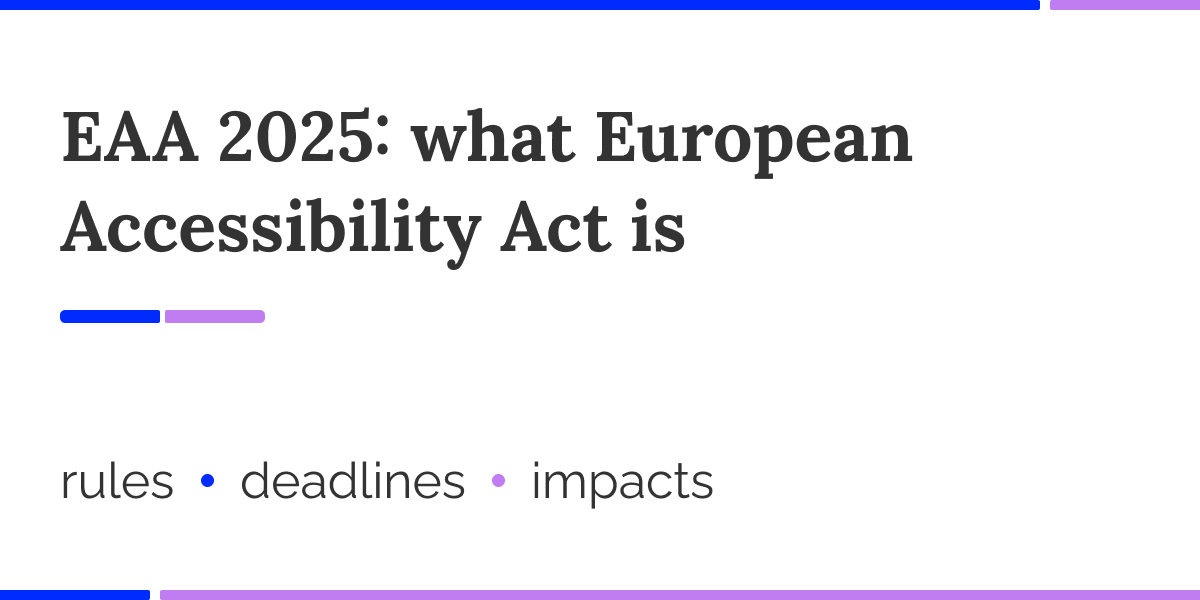
European Accessibility Act, the timetable speaks for itself: as of June 28, 2025, IT products and services will have to comply with various accessibility requirements.
In addition to a regulatory requirement, the European directive is also a business opportunity. In this article we take stock of the situation.
European Accessibility Act (EAA): what is the EU accessibility directive
The EAA – an acronym that stands for European Accessibility Act – is the European Directive 2019/882 that introduces, at the EU level, rules related to digital accessibility for most private companies.
A widely-accepted definition of Accessibility refers to the “extent to which products, systems, (…) can be used by people from a population with the widest range of characteristics and capabilities to achieve a specified goal in a specified context of use.” (ISO 9241)
Unlike EU Directive 2016/2102, which regulated the accessibility of public administration websites and apps, the EAA addresses digital products and services offered by the private world.
The Accessibility Act, in fact, covers hardware and software such as self-service terminals for payments, home banking, e-books and electronic commerce (e-commerce) services.
…but wasn’t there already an accessibility law?
Yes, at least in Italy. Now let’s have some order.
The first to land in the national legal system was Law 4/2004 (known as the Stanca Law), which made accessibility of digital services an obligation for various entities.
In addition to public bodies, in 2020 the text was supplemented with a Decree Law that also included private companies with an average three-year turnover of more than 500 million euros.
The law-whose non-compliance results in a fine of up to 5 percent of turnover-was consolidated in the legal framework with the implementation of Legislative Decree 106/2018, which transposed the aforementioned EU Directive 2016/2102, standardizing accessibility obligations for PAs at the EU level.
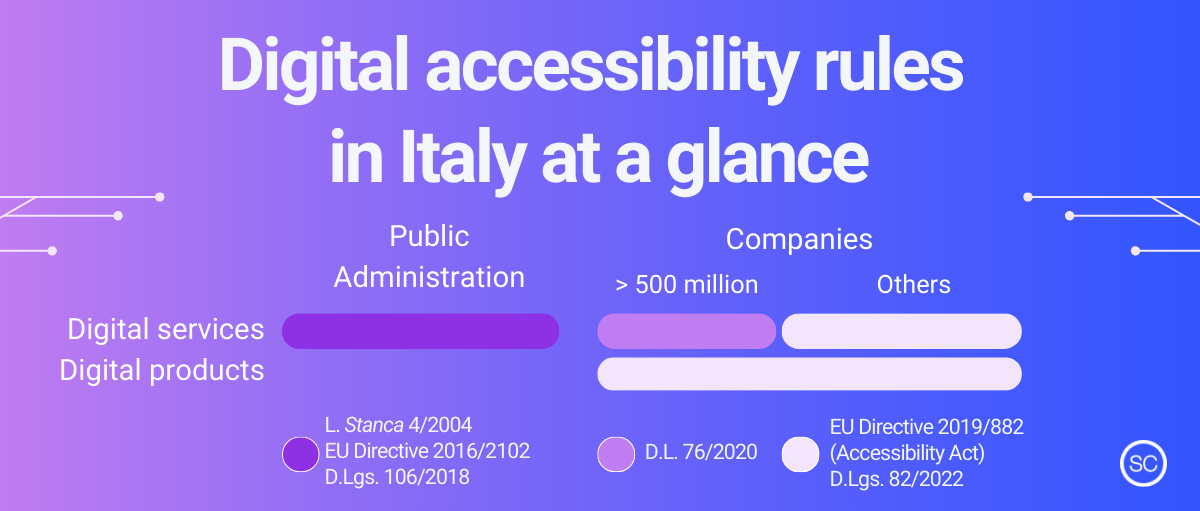
The European directive on the Accessibility Act and the Legislative Decree 82/2022 that implemented it from July 2022, close the circle of legal entities obligated to digital accessibility.
By June 2025 all companies will have to comply with specific accessibility requirements; obligations that will cover not only services, but for the first time also digital products.
Penalties for non-compliance with the European Directive on Digital Accessibility are regulated by individual EU countries; in Italy, they can reach up to €40,000, which is in addition to the aforementioned penalty of 5% of turnover for non-compliance with the Stanca Law.
Why digital accessibility legislation? Between inclusiveness and opportunity
First and foremost, the reason why of the legislation can be traced back to unquestionable requirements of social progress: ensuring that each person has adequate enjoyment of products and services improves the lives of everyone.
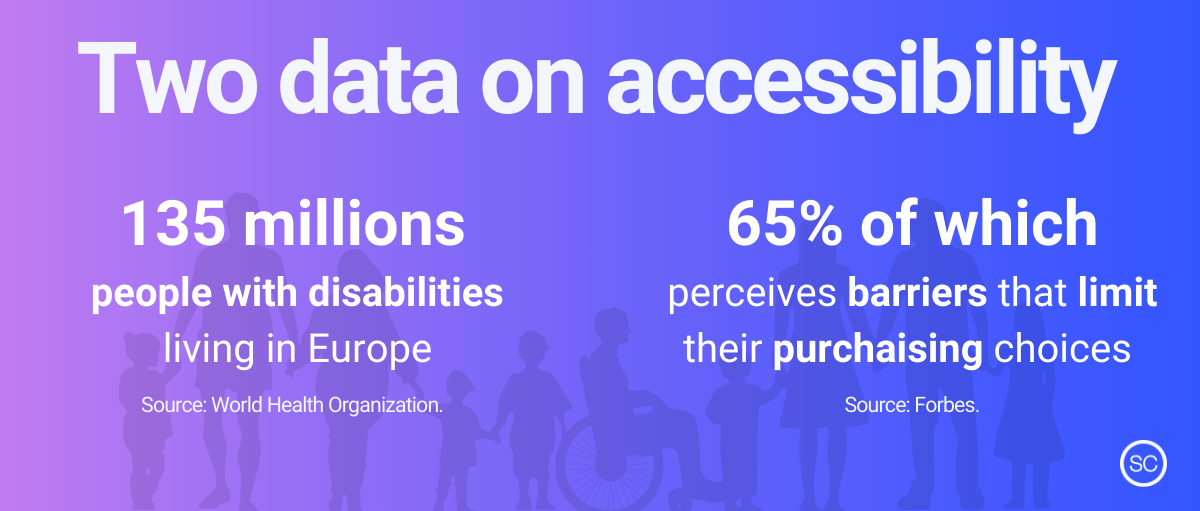
According to WHO, in fact, more than one in four (135 million) people with disabilities in Europe and, of these, 65 percent say they are held back from purchasing by barriers of various kinds (Forbes).
In addition to a necessary issue of inclusiveness, it is therefore evident how the Accessibility Act, especially for e-commerce, also brings with it undoubted market opportunities.
EAA 2025: EU accessibility directive explained easy
Understanding that companies selling products and services via e-commerce will also have to comply with the dictates of the Accessibility Act, let us now focus on what those rules are.
In a nutshell, organizations will be required to meet compliance levels A and AA of WACG 2.1, guidelines developed by the WWW consortium containing a set of recommendations, with varying levels of intensity, in order to ensure accessible Web experiences.
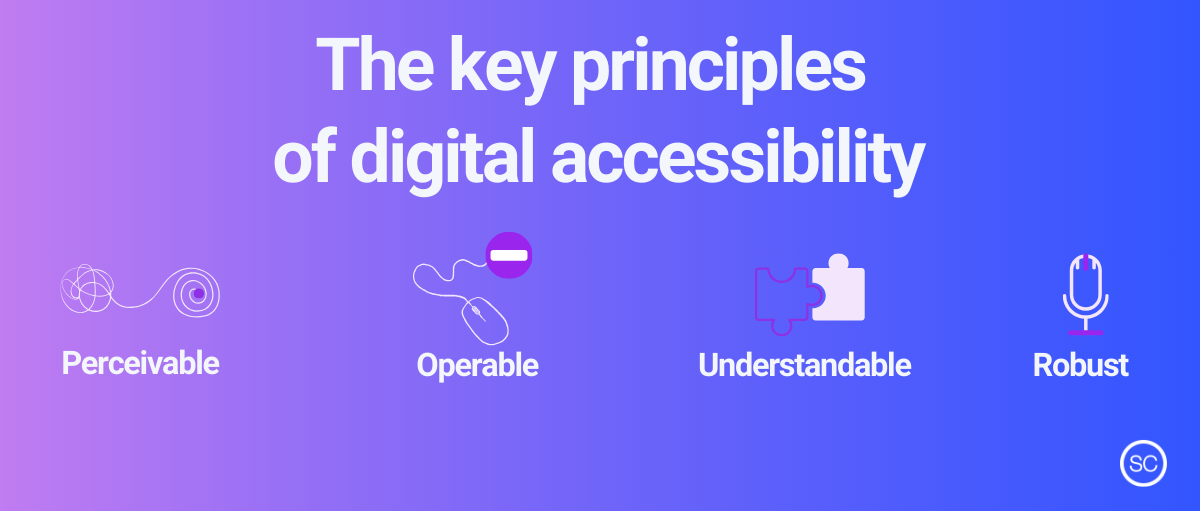
There are four key principles on which the accessibility rules are based.
Perceivability dictates content that can be perceived by people with sensory disabilities; operability protects the effectiveness of web interactions without the use of a mouse.
Simple language and clear layout are the result of the third principle, that of understandability; finally, robustness implies that digital products and services are compatible with assistive tools used by users with disabilities.
Accessibility Act 2025: what impacts for e-commerce?
The very long list of provisions by content type can be found on the website containing the WCAG 2.1. In the following, we have identified a few of interventions to consider, broken down by type of content typically found on e-commerce pages.
Product Information and Accessibility Act
Accessible text descriptions, including alternatives to multimedia content (such as image alt-texts) should be concise. If more detail is needed, a link to another section, either within or outside the web page, should be provided to the user.
On the subject of textual content, it should also be noted that it will be mandatory to keep a record of the optimization work carried out to the various assets, which will be consulted during any audits by the relevant authorities.
Audio Files and Accessibility Act
Each audio file must be accompanied by alternative text and subtitles, with the exception of audio alternatives to text content. Users must also be able to have full control over the volume and playback of the content.
Images and Accessibility Act
For images, the most relevant provisions indicate the need for an alternative text and that media fruition does not depend on screen orientation.
Video and Accessibility Act
Aspects to pay more attention to with video content include: alt-text, subtitles and an audio description of the clip, as well as volume and playback control as with audio files.
Which companies are exempt from the European Accessibility Act?
There are a few exceptions to the European accessibility law, including:
- micro-businesses: fewer than 10 employees and annual turnover of less than €2 million
- supply contracts signed before 28 June 2025, such as those with suppliers of CMS, plugins, software or hardware solutions (such as POS or terminals); in this case, if the hardware/software solution is already in use before the EAA, it can continue to be used until 28 June 2030, provided that it is not modified.
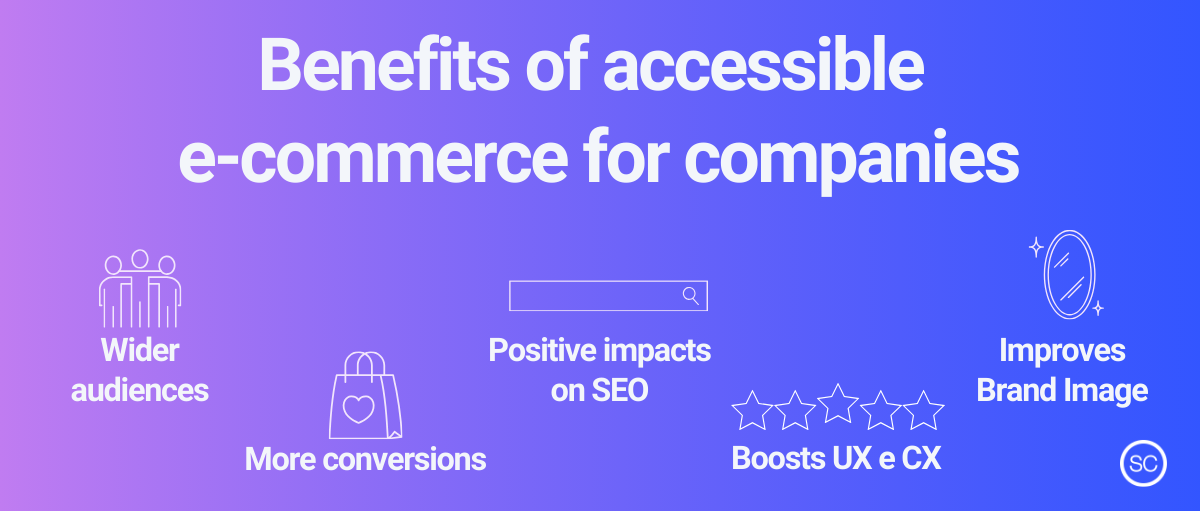
What are the benefits of the European Accessibility Act?
Complying with accessibility rules is not only necessary to shield oneself from financial penalties nor is it to be considered a mere trappings of inclusiveness.
At stake is the improvement of the living conditions of a sizeable segment of the population, as well as significant benefits for businesses.
First and foremost, because of a mathematical issue: the more accessible the e-commerce, the broader the user base and thus the greater the volume of conversions.
Google, moreover, rewards web pages with images with alt-text as well as dry and well-organized text (H1, H2…); on the other hand, pages that are not very accessible raise the bounce rate, penalizing organic positioning (SEO).
Accessibility efforts will also enhance the user experience and generally reinforce a positive brand image.
Articles like this one. Via e-mail. Once a month.
If you have read this far, you have probably found this article helpful. We appreciate it.
Sign up for our newsletter-you will receive it spam-free once a month.
All you have to do is enter your name and business e-mail address. Easy, right?
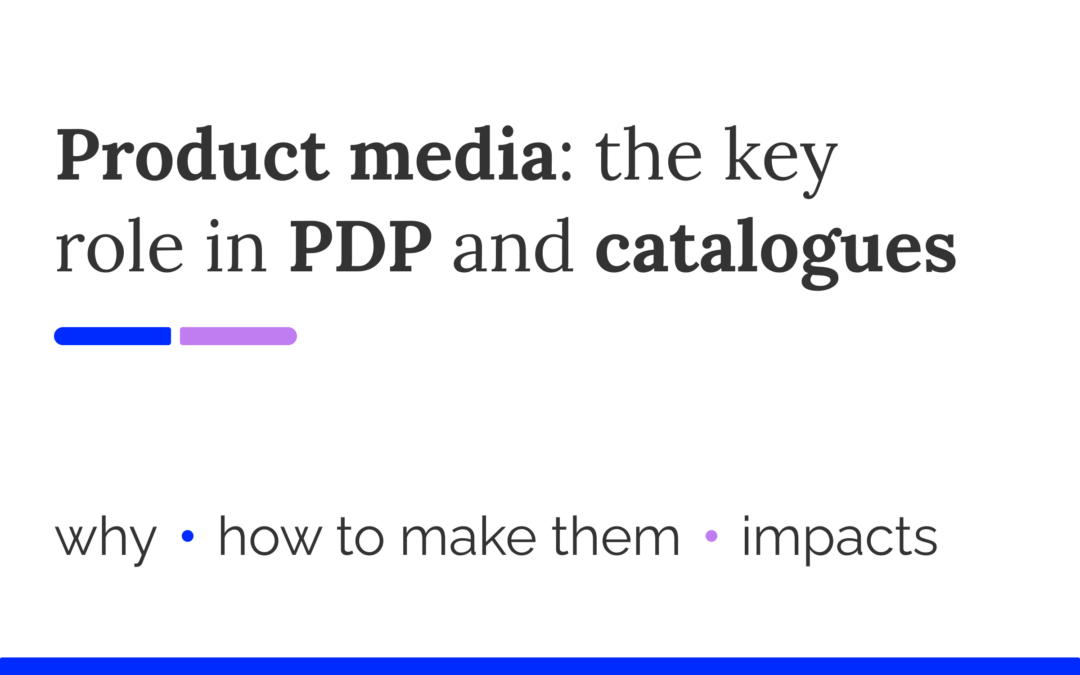

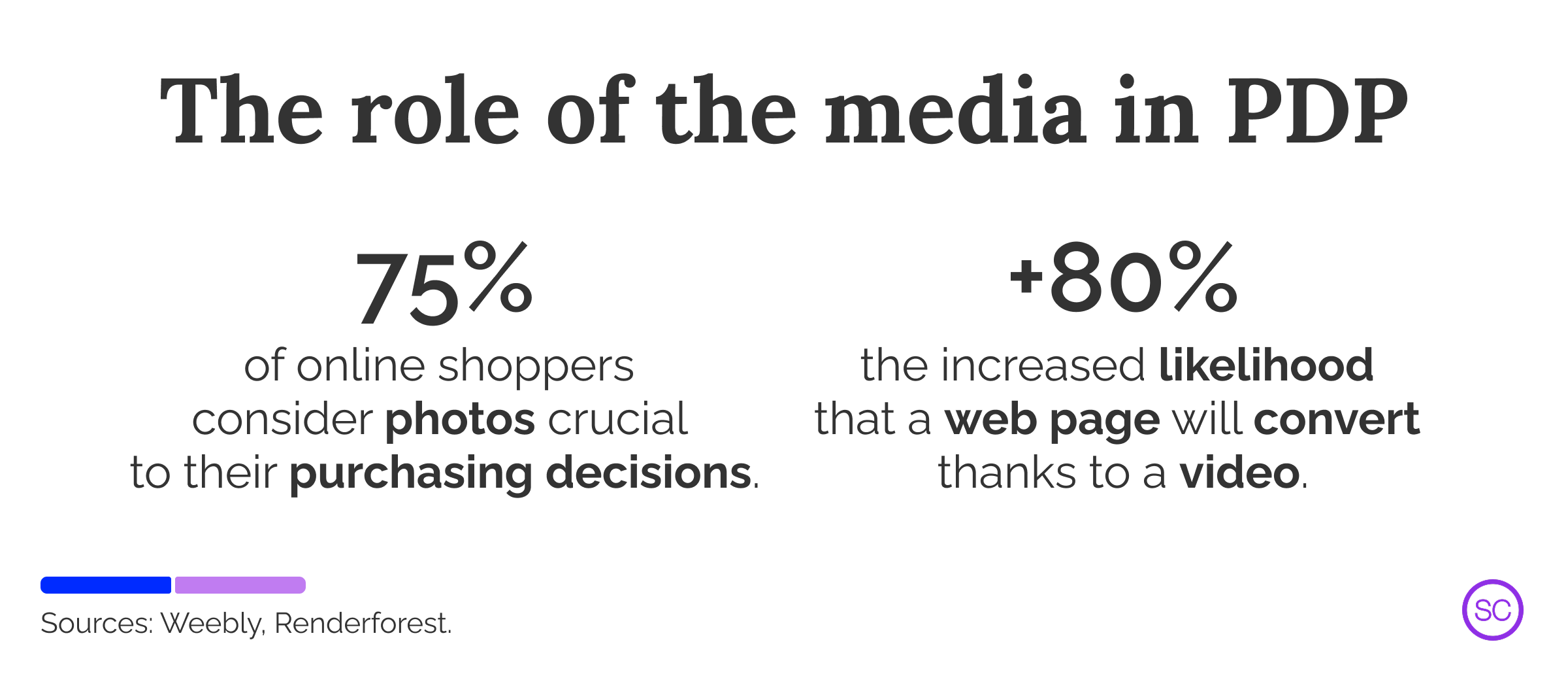
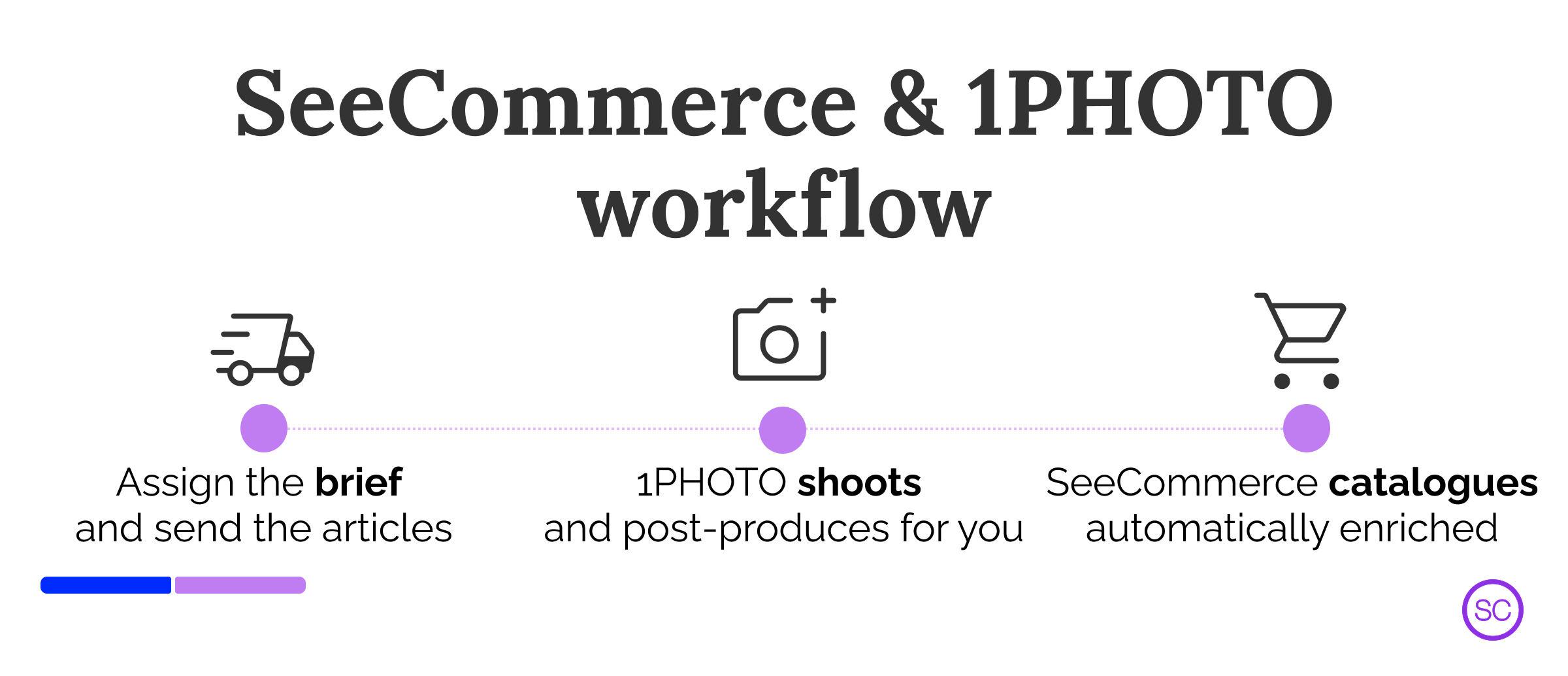
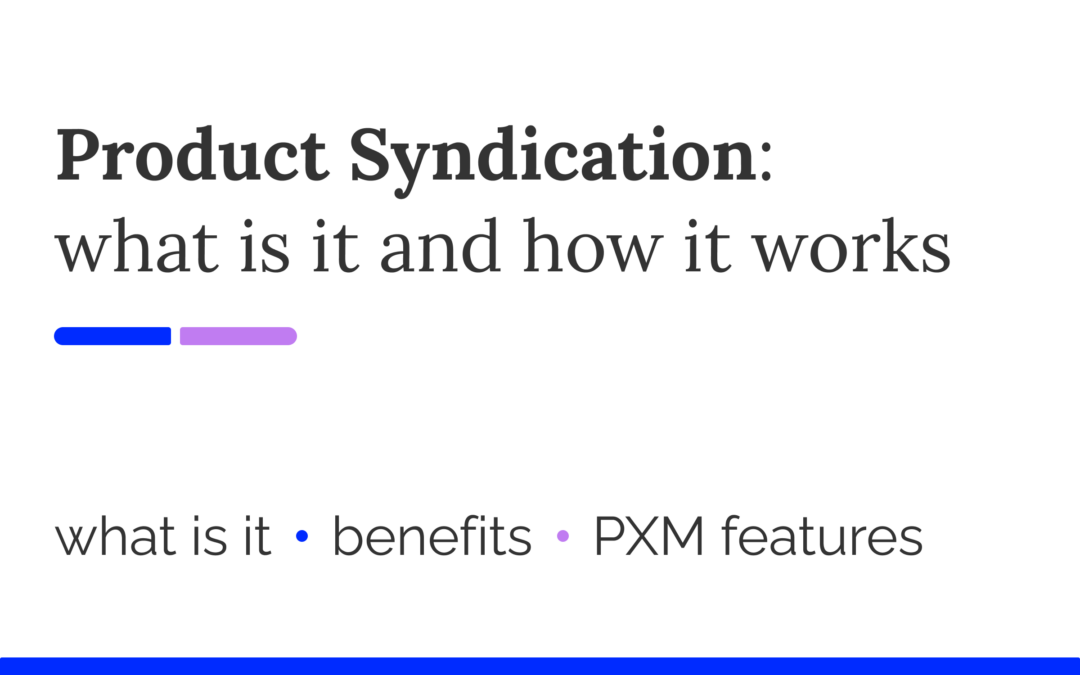
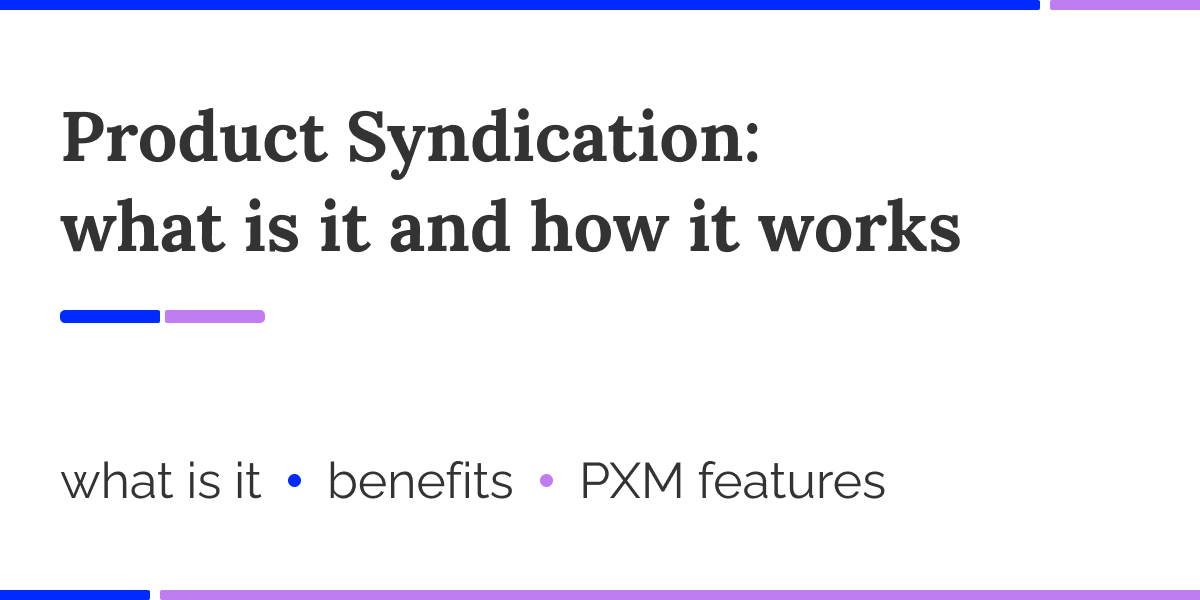
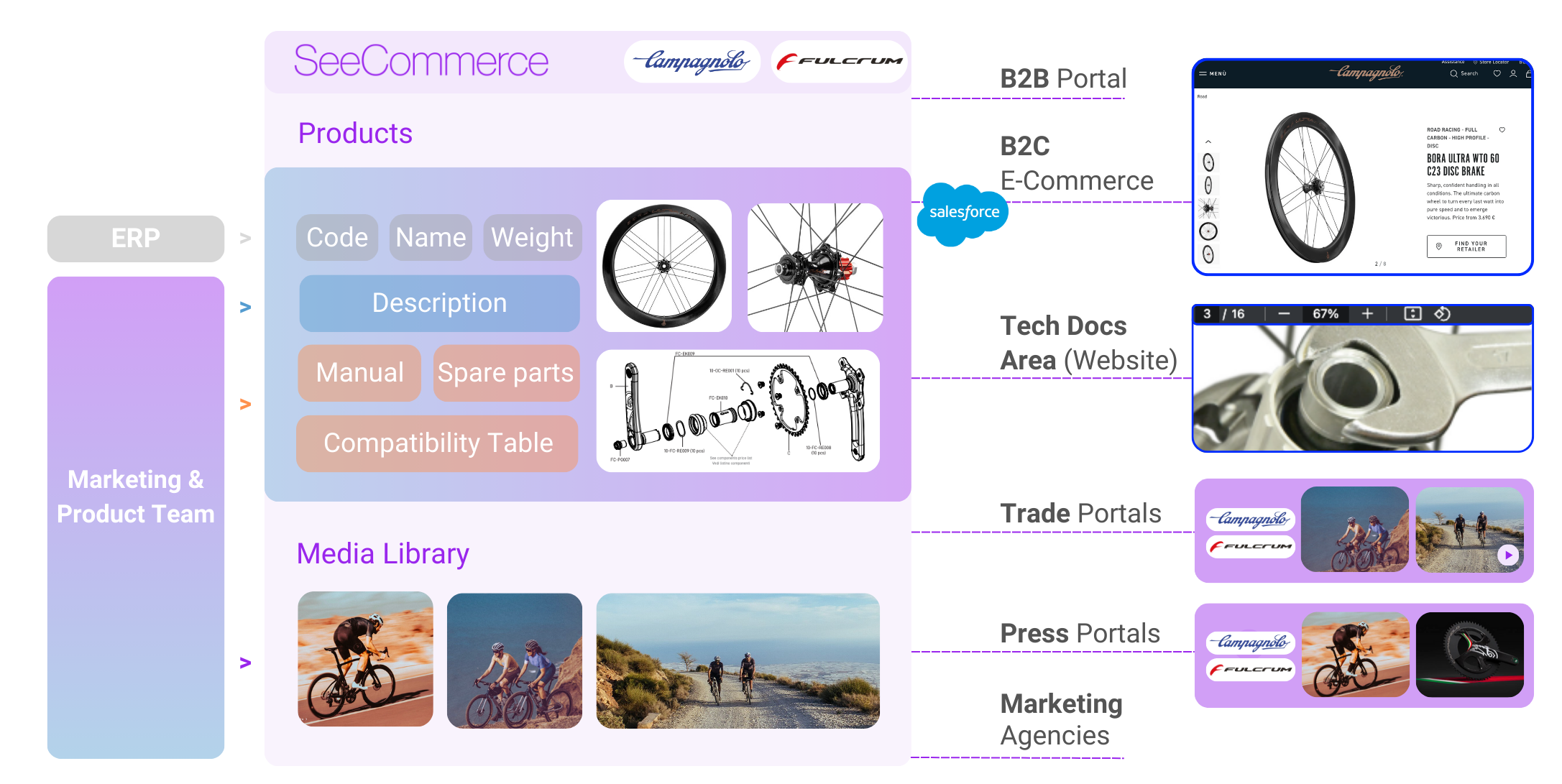
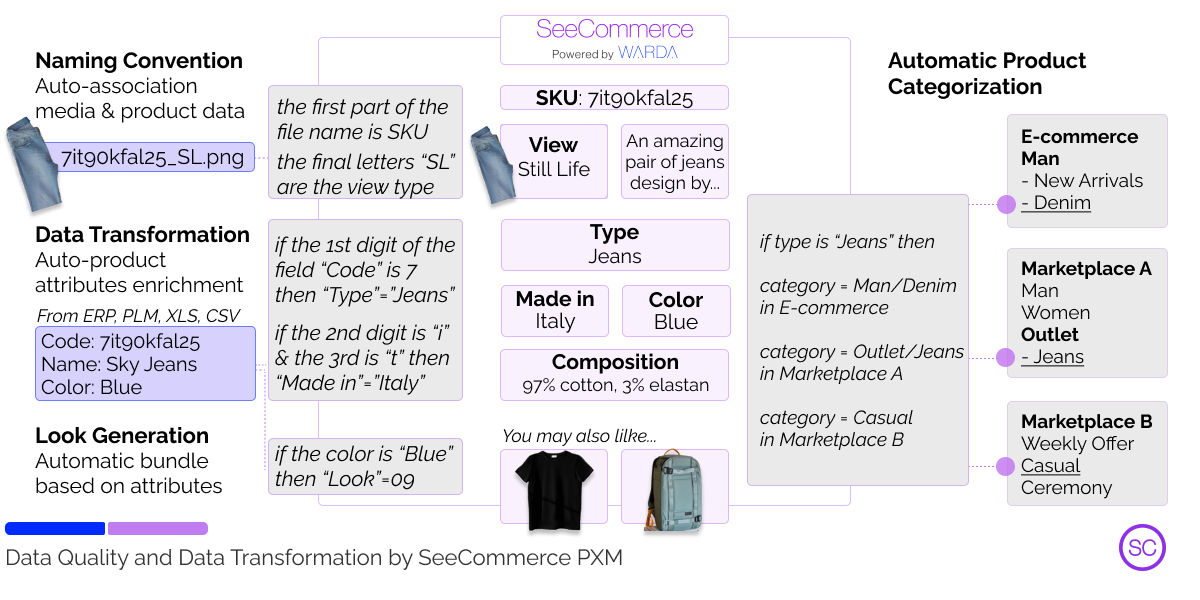

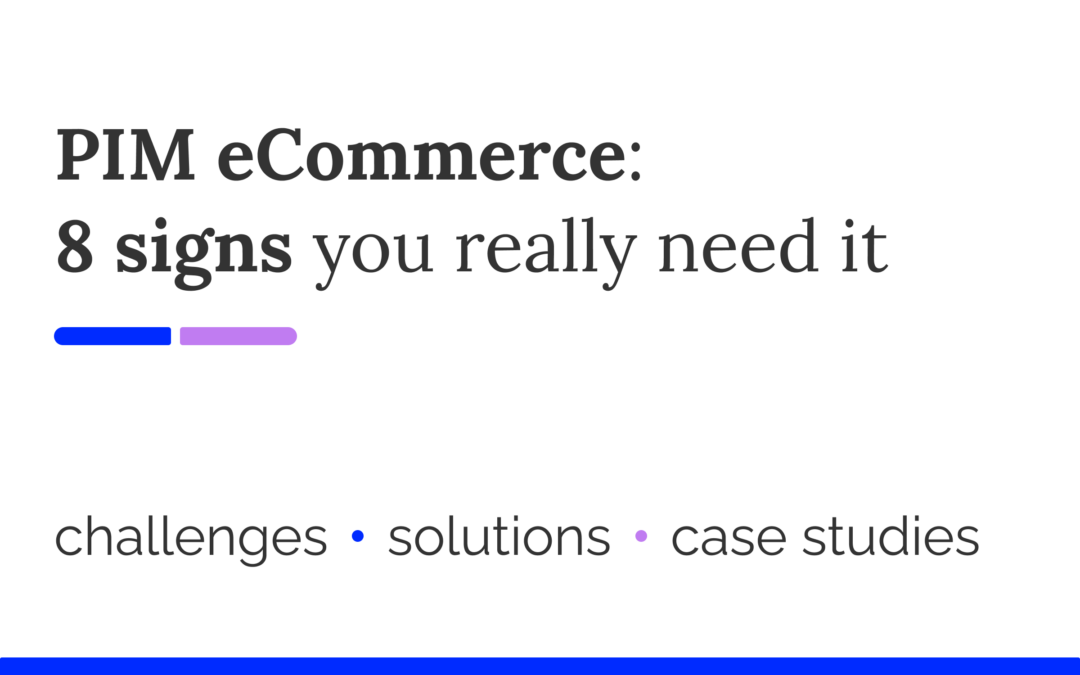
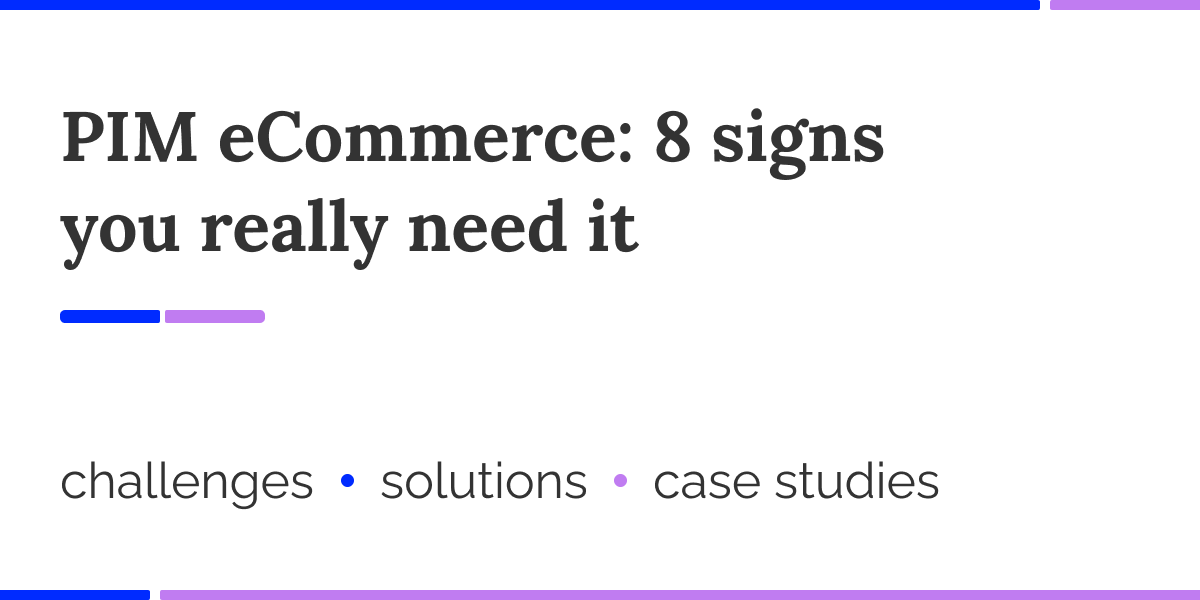
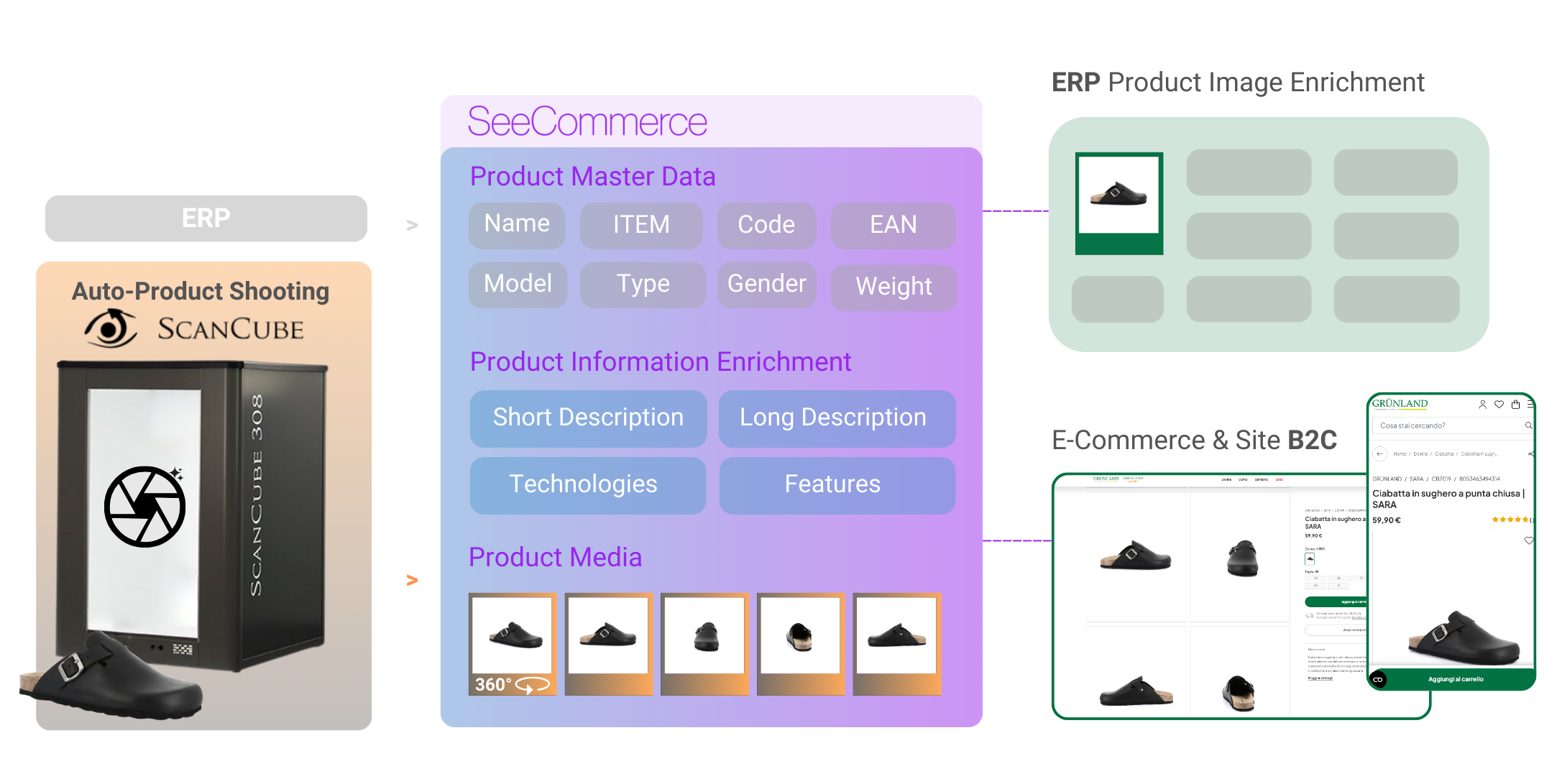
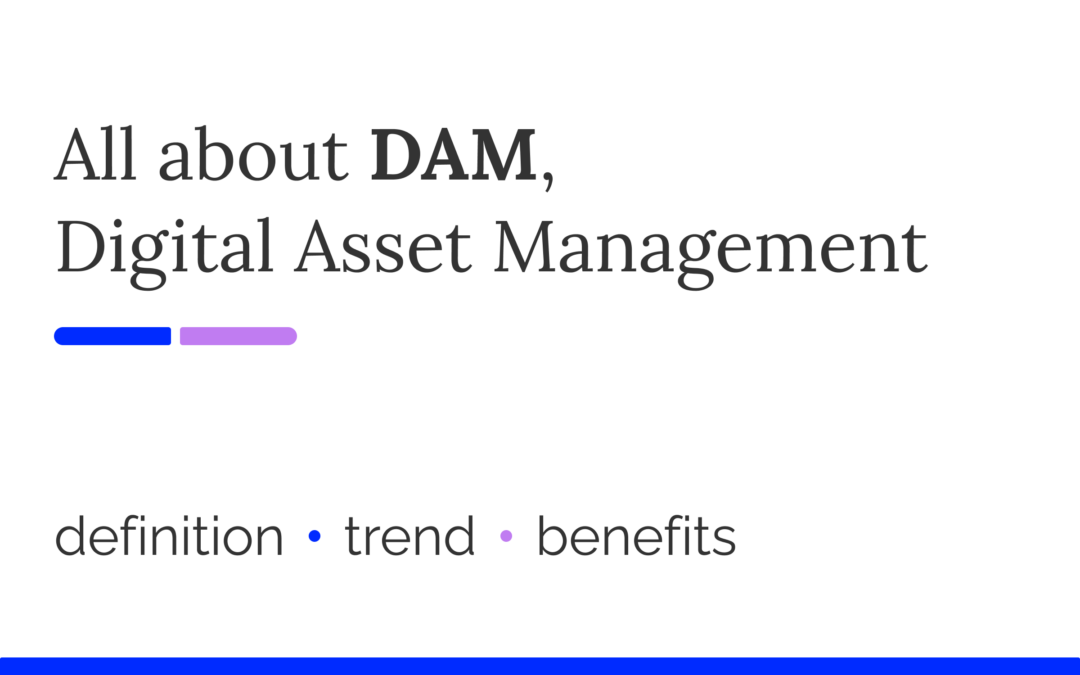
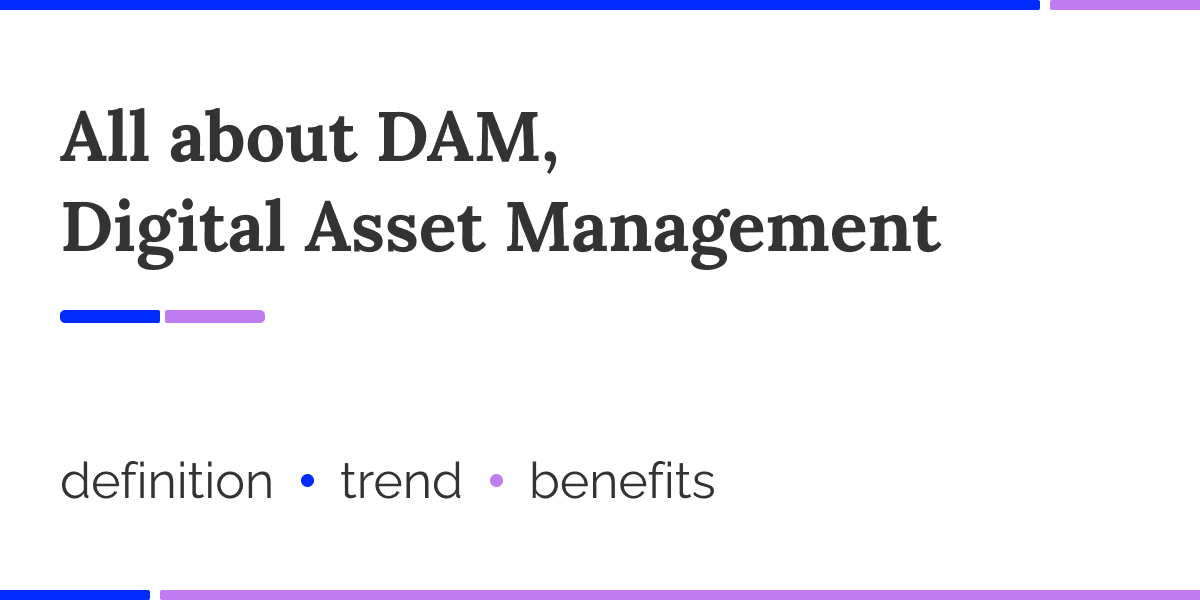
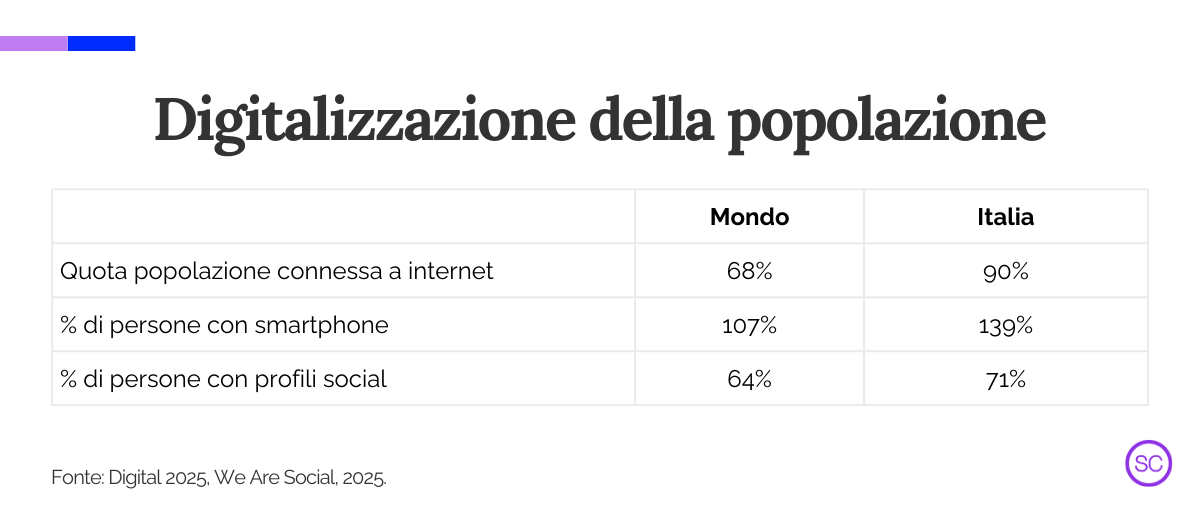
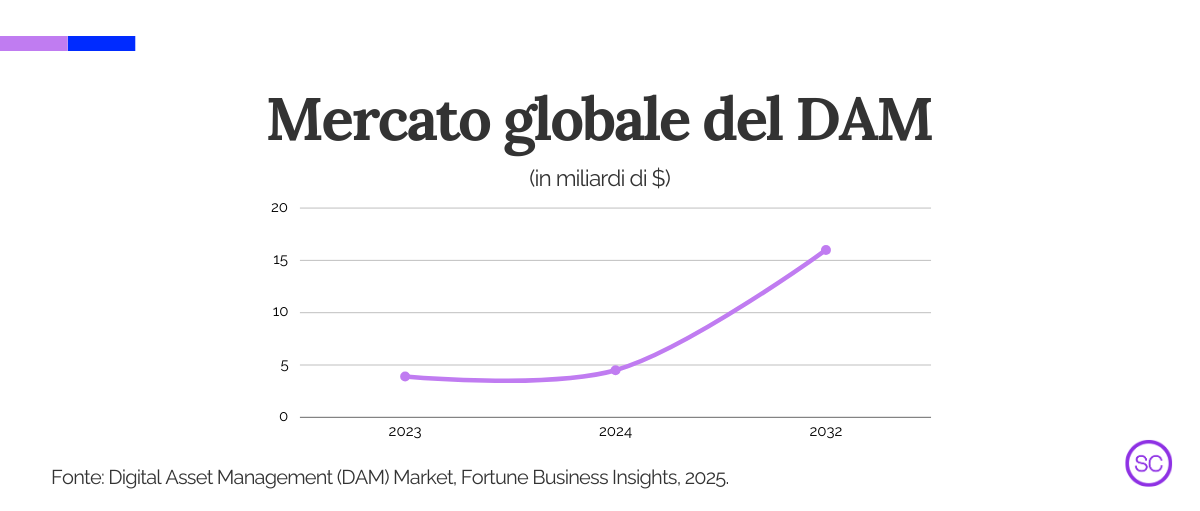
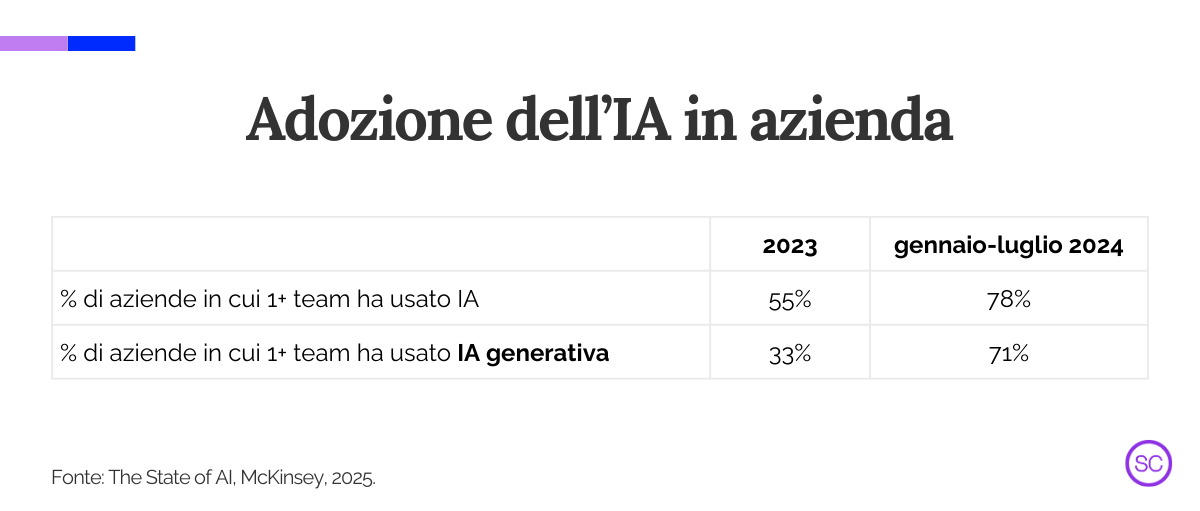
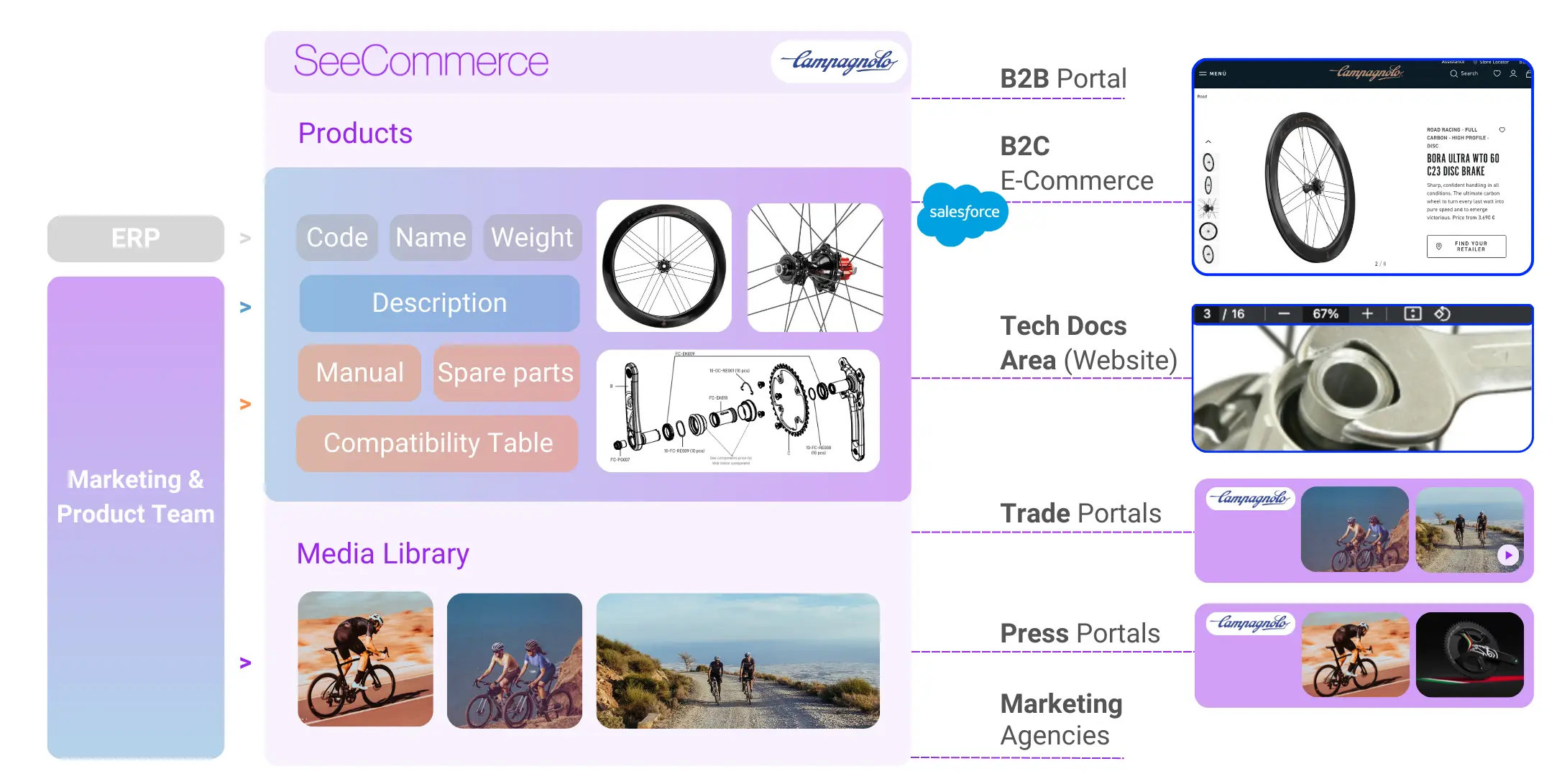
Recent Comments